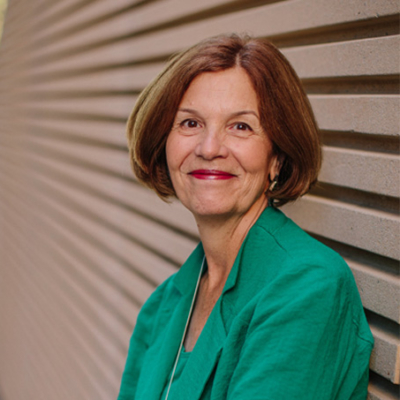Closing A Budget Gap By Emptying Prisons
Summary
Decreasing oil revenues have left Alaska facing a massive budget shortfall. The state has looked at all sorts of ways to cut costs, including slashing spending on roads, schools, and boats. Its newest plan could save almost half a billion dollars, and it’s drawing support from both the left and the right. The savings would come from a surprising place: The state will help some people avoid serving prison time.
For decades, politicians have all stripes have competed to be “tough on crime.” But now, in Alaska and other conservative states across the nation, difficult finances have led politicians to another conclusion: Prisons are expensive, and programs to reduce their populations can save states a lot of money. In Alaska, criminal-justice reform, long pushed by liberals who don’t like the way people are treated in the system, is now a favorite cause of fiscal conservatives.
…
Whether or not these programs will be effective remains to be seen. As Joan Petersilia, a Stanford law professor pointed out to Bill Keller in the New Yorker, efforts to reduce the number of people in state institutions can have unintended results. In California, for instance, which was under a court order to reduce overcrowding in jails, downsizing the prison population has led to an increase in homelessness and crowding at community jails. In the 1960s, when President Kennedy’s Community Mental Health Act sought to deinstitutionalize the nation’s mentally ill , many former hospital patients ended up on the streets or in jails.“We didn’t answer the question: if not prisons, what?” Petersilia told Keller.
But Towns says that it’s a good thing that states are rethinking a policy that has, for so long, incarcerated so many people with few results.“Until recently, using research and using data wasn’t really the de facto approach,” she said. “Now, a number of states are choosing to press pause and looking at their own state’s data, and looking to other states that can act as models, and we’re excited by that approach.”
Read More
